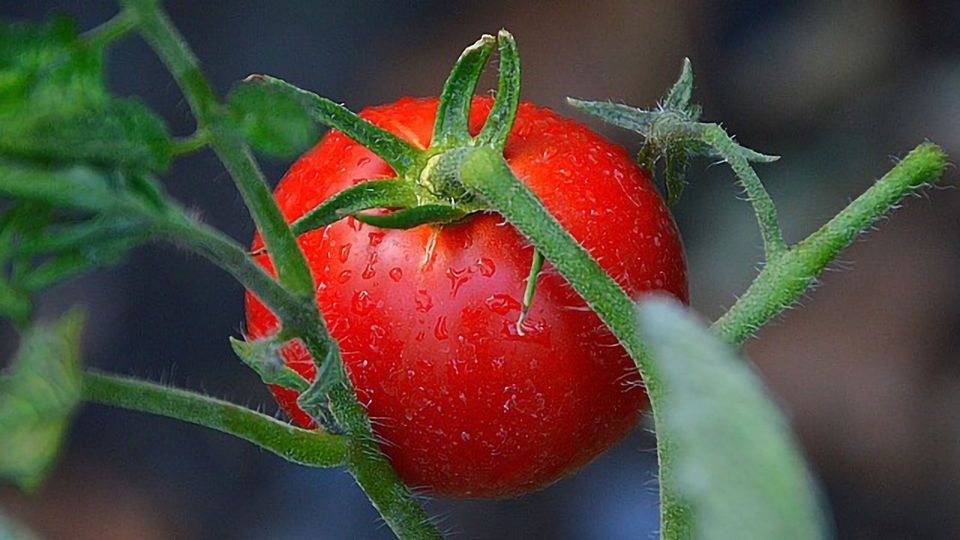Environmentally Friendly Alternative Could Protect Tomato Crops

Complete the form below to unlock access to ALL audio articles.
Tomato yellow leaf curl disease (TYLCD) caused by tomato yellow leaf curl virus-like viruses is the most destructive disease of tomato, causing severe damage to crops worldwide and resulting in high economic losses. To combat this disease, many farmers opt for intensive application of insecticides. However, this practice is frequently ineffective and has a negative impact on the environment and human health.
Alternatively, some farmers plant TYLCD-resistant tomato varieties, but these hybrid varieties are often tasteless and a poor comparison to the robust flavor of traditional tomatoes. As a result, there is a demand for effective and environmentally friendly control measures to prevent continuing widespread damage of TYLCD, as well as other plant viruses.
To answer this demand, a team of scientists at the Spanish Council of Scientific Research (IHSM UMA-CSIC) conducted field and greenhouse trials for three consecutive years and found two environmentally friendly control alternatives to insecticides.
First, they discovered that protecting tomato crops with UV-blocking plastics led to reduced TYLCD damage. Secondly, they found that the application of a salicylic acid analogue to strengthen tomato plant defenses was also effective in reducing TYLCD-associated losses.
For the most effective results, the team recommends that farmers combine both control practices. These practices are proposed for commercial use in open field or on protected tomato crops. These findings also suggest the possibility for future discovery of environmentally friendly virus control strategies.
Reference
Use of Systemic Acquired Resistance and Whitefly Optical Barriers to Reduce Tomato Yellow Leaf Curl Disease Damage to Tomato Crops. Francisco Monci, Susana García-Andrés, Sonia Sánchez-Campos, Rafael Fernández-Muñoz, Juan Antonio Díaz-Pendón, and Enrique Moriones. Plant Disease Volume 103, Number 6, published June 2019. https://doi.org/10.1094/PDIS-06-18-1069-RE.
This article has been republished from the following materials. Note: material may have been edited for length and content. For further information, please contact the cited source.

